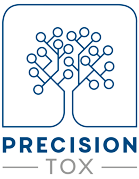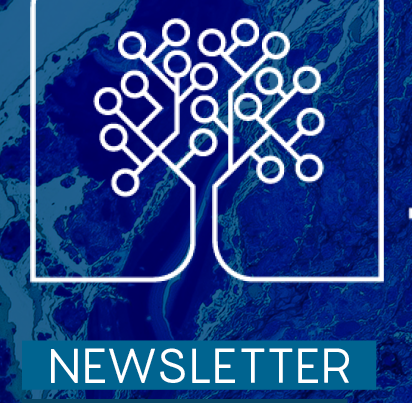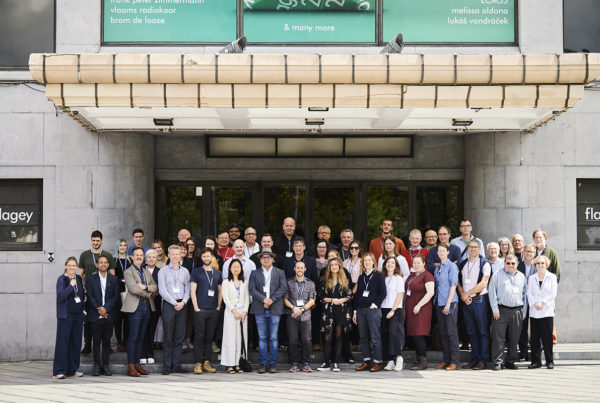“We are approached by undergraduate students who are interested in what ASPIS is doing,” celebrates Jonathan Freedman.
If you are part of the toxicology community, the news from the recent Society of Toxicology Annual Meeting (SOT) must have been hard to miss. The SOT is considered the leading society for the advancement of research in toxicology, covering a wide range of topics. However it seems, there is still capacity to cover a larger variety of mechanistic methods important in the field of NAMs. This past week, the participants of the SOT filled the streets of Salt Lake City, Utah (United States). Between the 10th and the 14th of March, scientists from all over the world met at The Salt Palace Convention Center to showcase their latest findings, network and attend the scientific sessions of their peers. The PrecisionTox project was present at the SOT to showcase our latest findings, along with partners from the two other ASPIS Cluster members: ONTOX and RISK-HUNT3R.
In the immensity of the ToxExpo Exhibit Hall, the ASPIS projects captivated the audience: “We are approached by undergraduate students who are interested in what ASPIS is doing, and graduate students are looking to come to Europe to work on this project. What is more interesting and exciting is that we have been approached by young companies in the new approach methodologies (NAMs) field,” shared Jonathan Freedman, from PrecisionTox. Freedman was happy that both academia and industry seemed to be on the same page when it comes to the regulatory acceptance of NAMs: “They all understand that the roadblocks preventing or slowing down NAMs acceptance are up at the higher levels of government, where they are not accepting NAMs as valid models or replacements.”
Regulatory acceptance, however, is a task that has proven itself difficult. Florian Caiment, from ONTOX, was concerned that time might be a constraint to make any impact on policy: “ASPIS has the ambition to have an impact on decision-making and policy change. […] Two years won’t be enough [to achieve that], but at least we are moving in the right direction.” Gladys Ouedraogo, from RISK-HUNT3R, shared a more optimistic view of the capacity for change, despite the barriers to acceptance: “Although we know that in the US and other countries there is no ban on cosmetics that are tested on animals, things are evolving and we now understand that NAMs and next-generation risk assessment (NGRA) can bring more to the mechanistic understanding in terms of research.” The science community, she said, is already moving towards the replacement of in vivo testing methodologies with NAMs: “There is no regulatory acceptance, but we are advancing in terms of establishing scientific robustness,” she insisted.
The ToxExpo Hall hosted over 330 exhibitors, some of which, like the ASPIS cluster projects, held their own sessions. Maria Bondesson, from PrecisionTox, pointed out that there was little space for lipidomics, her field of research: “There are a lot of transcriptomic projects going on, but there are very few metabolomics and lipidomics projects presented here at SOT. I think the whole field would benefit from more metabolomics and lipidomics.” The next opportunity for ASPIS to present its research and advancing the regulatory acceptance of NAMs at such a significant toxicology event will be next year in Orlando, Florida, an event some are already anticipating: “I’m looking forward to the next SOT in Orlando where we hopefully can continue this good tendency of making or supporting driving sustainability and having good results,” claimed Erwin Roggen, from ONTOX.
Next stop before Orlando for ASPIS cluster will be at the Eurotox congress in Copenhagen on September 8-11.
Watch theinterviews below to get a more detailed insight into the ASPIS cluster’s presence at the SOT.




